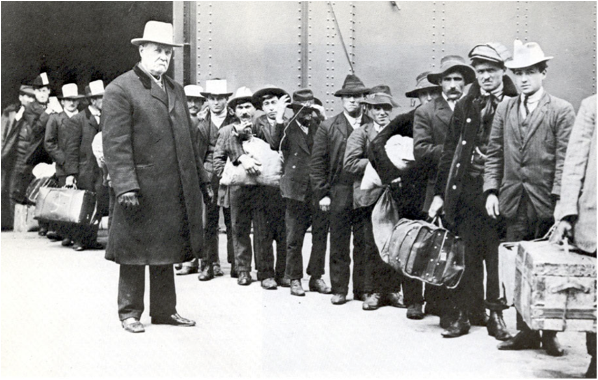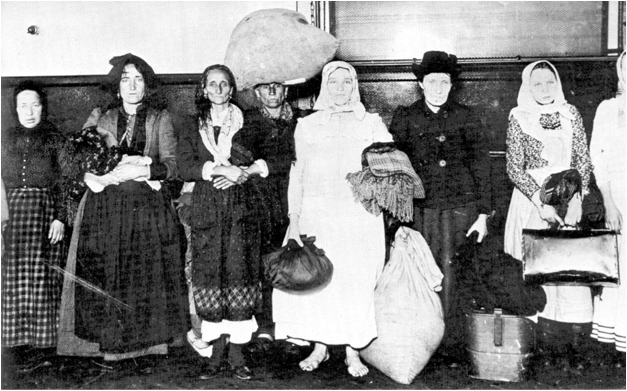In 1871, Italy was finally brought under one flag. For decades following, the people of Italy had still not been unified. A legacy of internal violence had caused social chaos and widespread poverty. Such poverty brought many into question whether they should leave their homeland for opportunity. From shopkeepers and artisans from the North, to peasant farm workers and hard laborers from the South, Italian men were ready to do whatever it took to put money in their pockets and dinner on the table. During the turn of the Twentieth century, Italian men were ready to take the voyage to America. With the intent to return to their hometowns, these Italian men set sail and disembarked in Connecticut. With their high demand for employment, Italian men took jobs from American-born laborers, willing to work for much less pay. Sticking to their words, between 30% and 50% of these Italian men returned to their homeland within five years. During their time in America, the wives of husbands whose family ties stretched an entire ocean were known as vedove bianche, “white widows”. They received remittances from their loved ones. As women saw the return of successful labor in the U.S., they started to question whether they too should take the journey. Not surprisingly, it has been estimated by a government commission on Italian immigration that Italian immigrants sent or took home between $4 million and $30 million each year. With this, women were less reluctant to travel across the Atlantic, changing their lives forever.
Men Leave in Search of Jobs

Men from southern Italy arrive at Ellis Island (1911)
